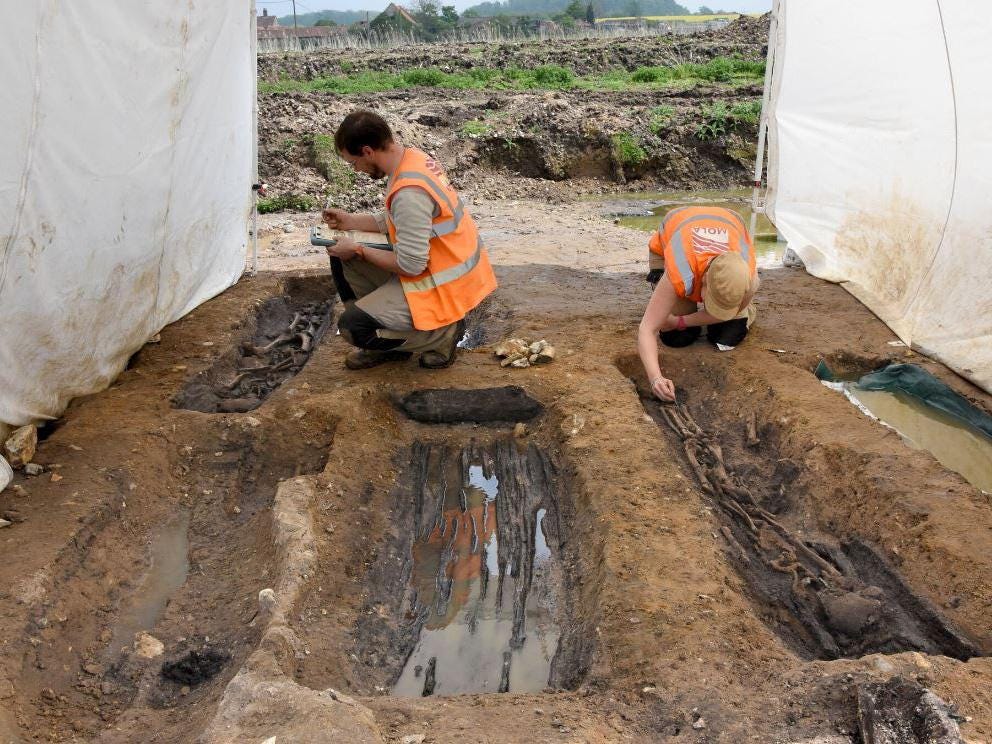Archaeologists uncovered the foundations of a wooden church where the body of the Viking king Olaf Haraldsson may have been enshrined after he was declared a saint.
Credit: Norwegian Institute for Cultural Heritage Research (NIKU);
Distributed Under a Creative Commons License
Distributed Under a Creative Commons License
The Norwegian Institute for Cultural Heritage Research (NIKU) announced Nov. 11 that its researchers had discovered the foundations of a wooden church where the body of King Olaf Haraldsson was taken immediately after he was declared a saint in 1031. St. Olaf, as he is now known, conquered and consolidated Norway in 1016 but held on to rule for a little more than a decade before his power was threatened by Canute I, king of Denmark and England. Olaf died in the Battle of Stiklestad in 1030.
Now, archaeologists say they've found a key location in the king's posthumous journey from martyr to Norway's patron saint. [25 Grisly Archaeological Discoveries]
Read the rest of this article...





